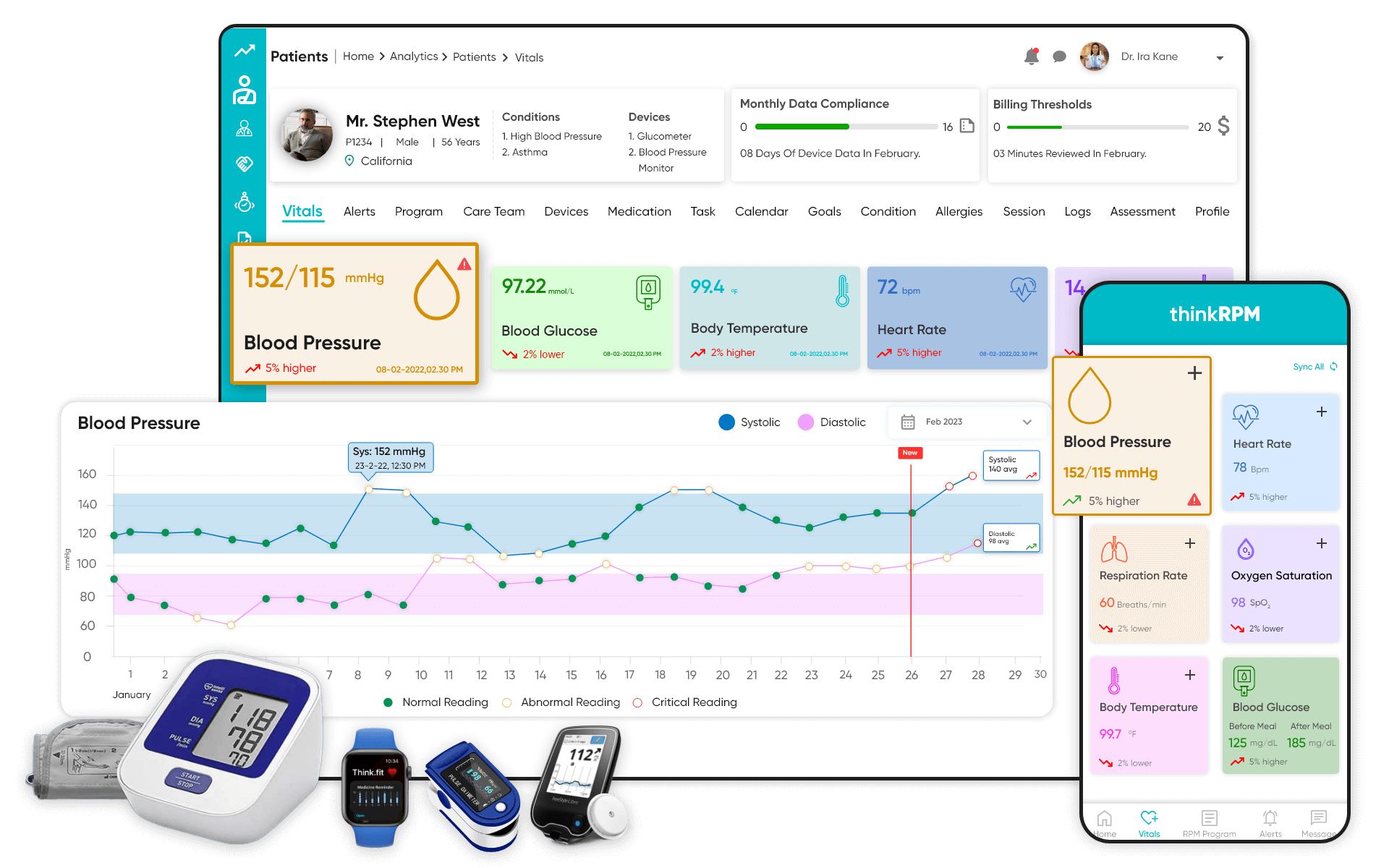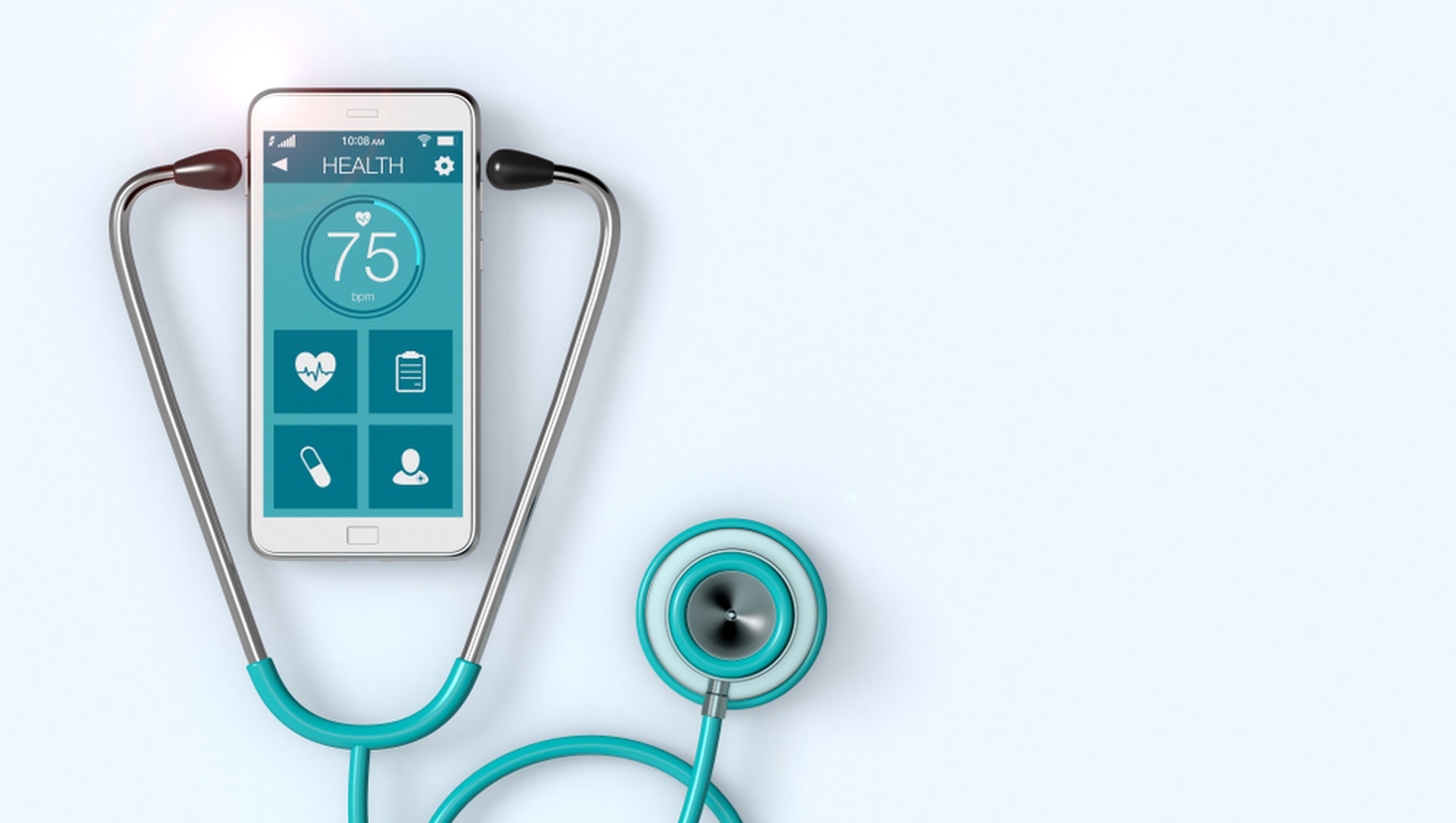Safeguard Remote Patient Monitoring Software: Protecting Patient Data
Safeguard Remote Patient Monitoring Software: Protecting Patient Data
Blog Article
The Future of Medical Care: Remote Individual Checking Simplified
As healthcare continues to progress, one location that holds enormous promise is remote client surveillance. The principle of simplifying this process through technical innovations is reshaping the means care is delivered and obtained. With a focus on enhancing individual results and simplifying medical care distribution, remote monitoring is poised to change the sector. By checking out the benefits, technical innovations, and future trends in this field, we can gain valuable understandings right into the transformative possibility of remote client monitoring.
Advantages of Remote Individual Tracking
Remote client surveillance provides a wide variety of advantages for both doctor and people alike. One considerable benefit is the ability to continually keep track of people' essential signs and health and wellness information remotely. This real-time monitoring allows doctor to identify any concerning patterns or modifications without delay, resulting in very early interventions and possibly protecting against medical emergencies. Furthermore, remote client surveillance boosts the overall quality of care by providing a more comprehensive and alternative view of individuals' wellness condition beyond typical in-person visits.
Furthermore, remote person monitoring can lead to enhanced patient end results and satisfaction. Clients can take pleasure in the comfort of getting treatment in the convenience of their own homes while still knowing that their wellness is being very closely monitored. This can result in raised client involvement and adherence to therapy plans, ultimately resulting in much better health and wellness results. Additionally, remote surveillance can minimize the requirement for frequent medical facility gos to, decreasing health care prices for both providers and clients. On the whole, the benefits of remote patient tracking are clear, making it a useful device in modern healthcare shipment.
Modern Technology Driving Remote Tracking
In the world of modern health care, technical innovations play a critical function in driving the advancement and efficiency of remote individual tracking. The combination of cutting-edge technologies such as wearable tools, mobile applications, and cloud-based platforms has transformed the method doctor remotely handle and keep an eye on person health and wellness - software for remote patient monitoring. These innovations allow continual real-time monitoring of important signs, drug adherence, and various other essential health data, permitting prompt treatments and personalized care strategies
One trick modern technology driving remote surveillance is the Net of Things (IoT), which enables smooth connectivity between clinical gadgets and medical care systems. IoT devices such as smartwatches and wireless sensing units collect and send person data to centralized systems, assisting in remote monitoring from throughout the globe. Expert system (AI) and artificial intelligence formulas further boost remote monitoring by examining substantial amounts of person data to detect patterns, predict health and wellness patterns, and sharp doctor to prospective problems.
Effect on Healthcare Delivery
With the integration of innovative innovations driving remote individual monitoring, the effect on healthcare shipment is becoming significantly profound and transformative. Remote client surveillance permits doctor to use even more proactive and customized treatment to people, leading to improved health and wellness end results and lowered medical facility admissions. By from another location tracking vital indicators, signs, and medicine adherence, medical care professionals can step in early, protecting against issues and boosting the total top quality of care.
In addition, remote monitoring boosts accessibility to medical care solutions, particularly for individuals in underserved or country locations. Patients can get continuous surveillance and support from their homes, removing the need for constant in-person brows through. This not only conserves time and minimizes costs for both individuals and medical care facilities yet also minimizes the risk of direct exposure to transmittable diseases, a critical factor to consider in the present medical care landscape.
Furthermore, remote patient monitoring enables health care providers to better designate sources and focus on treatment based upon real-time information. By determining risky individuals and stepping in without delay, medical care delivery comes to be more reliable and reliable, inevitably leading to a more sustainable and patient-centered health care system.
Improving Person End Results

Furthermore, RPM permits positive management of persistent conditions, lowering the likelihood of intense exacerbations and healthcare facility readmissions. Individuals profit from increased convenience and comfort, as they can obtain treatment in their very own homes while remaining connected to their doctor. This continuous tracking not only boosts client contentment however likewise promotes a sense of empowerment and involvement in their own health management.
Future Trends in Remote Surveillance
Embracing cutting-edge technologies in remote client monitoring is forming the future landscape of medical care distribution. One considerable fad is the raised use of wearable devices and sensing units to accumulate real-time data, allowing health care suppliers to keep an eye on patients continuously without the requirement for constant in-person visits.

Furthermore, telehealth platforms are coming to be a lot more sophisticated, permitting virtual appointments, remote diagnosis, and remote client checking done in one incorporated system (remote patient monitoring platform). This all natural approach to remote monitoring is enhancing medical care distribution, boosting patient satisfaction, and ultimately, boosting general quality of care
Verdict
To conclude, remote individual tracking supplies many advantages in health care distribution, driven by advancements in modern technology. It has the possible to improve patient end results and transform the method healthcare is my site provided. Future patterns in remote monitoring will remain to form the landscape of medical care, giving opportunities for more personalized and reliable client care.
Remote client surveillance presents a wide range of benefits for both medical care companies and individuals alike. Furthermore, remote patient monitoring boosts the total high quality of care by providing a more comprehensive and all natural sight of clients' health and wellness condition beyond conventional in-person check outs.
Additionally, remote individual tracking can lead to better client results and satisfaction. Remote patient tracking allows medical care service providers to offer more proactive and customized treatment to patients, leading to boosted wellness results and lowered hospital admissions. Remote patient surveillance (RPM) plays a significant function in improving individual Discover More results by providing continuous, real-time information that makes it possible for health care companies to intervene quickly and change therapy strategies as needed.
Report this page